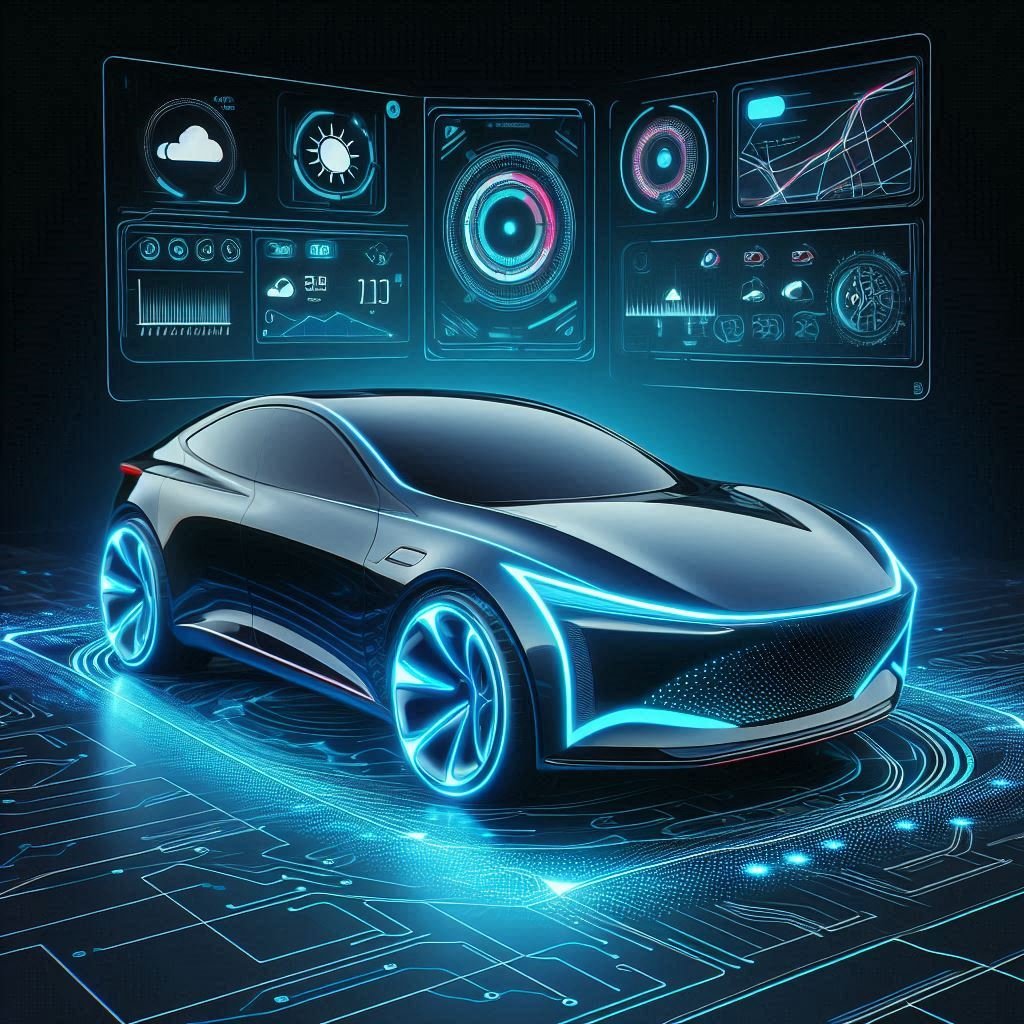Technology and artificial intelligence (AI) continue to evolve at a rapid pace, significantly impacting various aspects of American life and off-course every one else one planet. It is going t5o have a huge impact on existing Applications are designed to enhance user experience and simplify tasks. For instance, smart speakers like Amazon Echo and Google Home have revolutionized the way we interact with our homes. With voice commands, we can control lights, play music, and even order groceries.
Furthermore, advancements in technology have transformed industries such as healthcare, transportation, and communication. Medical professionals can now use AI-powered tools to diagnose diseases more accurately and develop personalized treatment plans. Self-driving cars are becoming a reality, promising safer and more efficient transportation. And with the advent of 5G technology, we can expect faster internet speeds and improved connectivity.
Discovering Tomorrow’s Innovations in Tech & AI
New ideas and advancements in technology and artificial intelligence will be profoundly important in the future.
This means exploring new ways to use computers and machines to make our lives easier and better. For example, this could include developing new apps for our phones, creating robots to help with tasks at home or work, or improving how computers can learn and think like humans.
Overall, the text is about looking into the future to see what exciting new things technology and AI have in store for us.

Artificial Intelligence Branches out and will have a disruptive impact on various fields. Some branches and fields in the field of artificial intelligence along with a brief description for each:
- Machine Learning: Machine learning is a subset of AI that focuses on developing algorithms that allow computers to learn from and make predictions or decisions based on data.
- Deep Learning: Deep learning is a type of machine learning that uses neural networks with many layers to learn complex patterns in large amounts of data.
- Natural Language Processing (NLP): NLP is a branch of AI that helps computers understand, interpret, and generate human language.
- Computer Vision: Computer vision involves teaching computers to interpret and understand the visual world through images, videos, and other visual inputs.
- Robotics: Robotics combines AI with engineering to design, build, and operate robots that can assist humans in various tasks.
- Expert Systems: Expert systems are AI programs that mimic the decision-making ability of a human expert in a specific domain.
- Autonomous Vehicles: This field focuses on developing self-driving cars and other autonomous vehicles that can navigate and operate without human intervention.
- Recommender Systems: Recommender systems use AI algorithms to recommend products, services, or content based on user preferences and behavior.
- Virtual Assistants: Virtual assistants like Siri, Alexa, and Google Assistant use AI to understand and respond to user commands and queries.
- AI Ethics: AI ethics is a growing field that examines the ethical implications of AI technologies and aims to ensure they are developed and used responsibly.
These are just a few branches and fields within the vast domain of artificial intelligence, each with its unique applications and challenges. Feel free to explore any specific area further if you’d like more detailed information or examples.
AI agents and LLMs
AI agents and LLMs are two related but distinct concepts in artificial intelligence.
AI Agents
AI agents are software entities designed to perform specific tasks or make decisions autonomously by perceiving their environment and taking actions to achieve predefined goals. They can range from simple rule-based systems to complex entities powered by advanced algorithms. An AI agent typically:
- Perceives: Gathers data from its environment (e.g., sensors, user input, or digital data).
- Reasons: Processes the information using logic, machine learning, or other techniques.
- Acts: Executes tasks or provides outputs based on its reasoning.
Examples include:
- A chatbot helping customers on a website.
- A self-driving car’s system navigating roads.
- A virtual assistant like Siri or Alexa responding to voice commands.
AI agents can be reactive (responding to immediate inputs) or proactive (planning and acting toward long-term goals), and they may or may not use advanced learning models.
LLMs (Large Language Models)
LLMs are a specific type of AI model, built on deep learning techniques, designed to understand and generate human-like language. They’re trained on vast datasets of text to predict and produce coherent, contextually relevant responses. LLMs are a subset of AI that powers many modern language-based applications. Key traits include:
- Scale: They have billions of parameters (e.g., GPT-3 has 175 billion).
- Training: Pre-trained on diverse text corpora, then fine-tuned for specific tasks.
- Capabilities: Can write essays, answer questions, translate languages, summarize text, and more.
Examples include:
- GPT models (by OpenAI).BERT (by Google).Me! (Grok, created by xAI).
The Impact of AI
Artificial intelligence is reshaping the way we live and work. AI algorithms analyze vast amounts of data to provide valuable insights and predictions. For example, AI-powered virtual assistants like Siri and Alexa can answer questions, make recommendations, and perform tasks based on our preferences.
In addition, AI is being used in various industries to automate processes and improve efficiency. For instance, manufacturing companies are implementing AI-powered robots to streamline production lines. Financial institutions are utilizing AI algorithms to detect fraud and enhance cybersecurity.
Conclusion
The latest developments in technology and AI are revolutionizing American life. From smart gadgets to AI-powered applications, these advancements are enhancing our daily experiences and transforming industries. As technology continues to evolve, it is crucial to stay updated on the latest developments and embrace the opportunities they bring.
